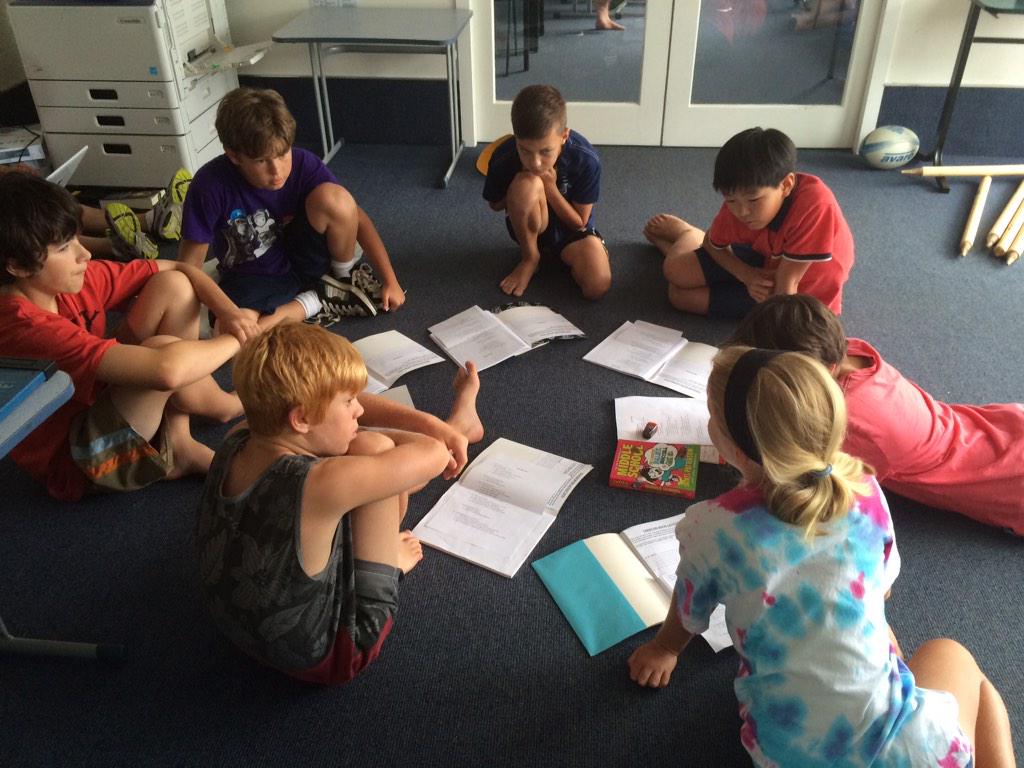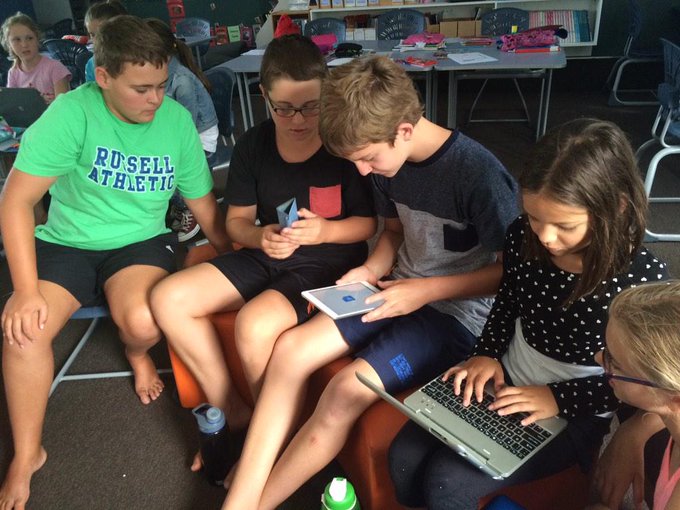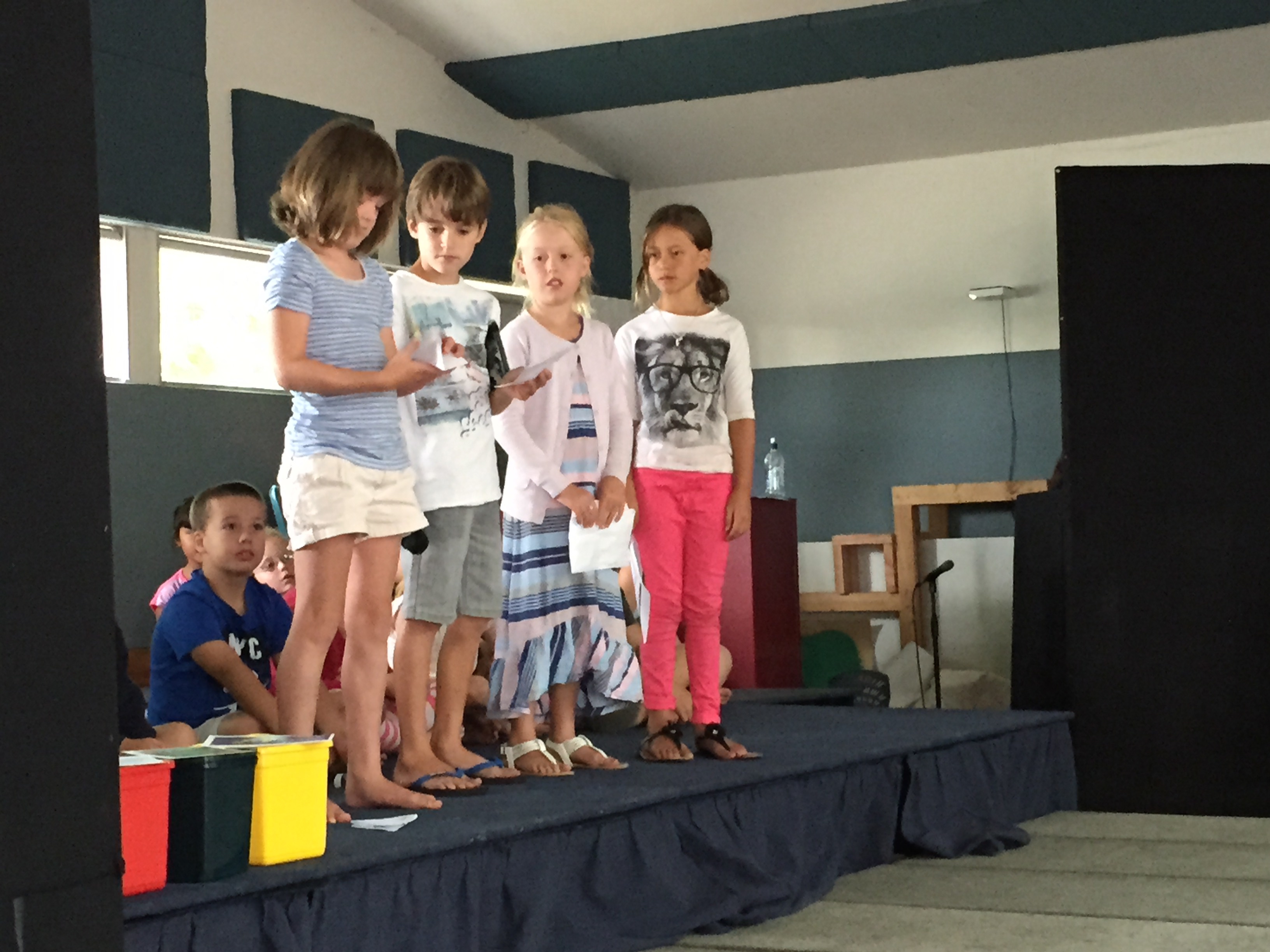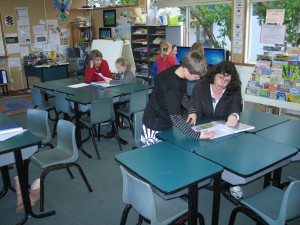If you walk into JJ Purton Jones’ room you will see students doing a whole lot of different things at the same time. There are some students working on their reading, others are tackling maths and then a few more writing. In fact each and everyone of them could be working on something different. Visitors often comment “where is the teacher?”
Agency for us is an extension of Assessment for Learning Practices. Our primary goal is to shift the locus of control from adult to student. This has been a long journey for us that started with the work that Evaluation Associates did before I started in 2006. Since then we have used Formative Practice as the umbrella for all our professional learning. Teachers regularly use the Evaluation Associates Teacher Competency Matrix to plan their next steps, they gather data and iterate new actions to move toward enabling students to make decisions about their learning.
Some people would say that JJ’s class looks like a free for all and that there is an absence of teaching. If you spend time watching and listening to the children talk about what is happening then you would realise that there is a lot of teaching, it is not necessarily just from the teacher. You see to run a class this way takes an organised on to it teacher and is actually a lot harder than a regular teacher led classroom.
The students have good data and the teacher can structure teaching clinics that students opt into around this data. The beauty of the way things run in JJ’s class is when the students say “I’ll run a teaching clinic Miss PJ!”

Each and every student can explain what they are doing in their ILPs (Individual Learning Plans), more importantly they can tell you why they have scheduled their timetable in that way. But it gets better…
JJ runs an Adventure learning time, an extension of Google 20% time. Again some people see this as a teacher opting out of teaching. Yet the rigour is amazing! I recall a student coming to my office and saying “Mr L, do you have the NZ Curriculum” to which I handed over my copy… she then said “I need another 26 because we want to map our Adventure Learning back to the curriculum documents”

I cannot wait to see what these students with a great sense of autonomy and agency do this year.
See what Steve Wheeler said about the innovative learning in JJ’s class or read Jenny Magiera’s blog on undiluted student agency






